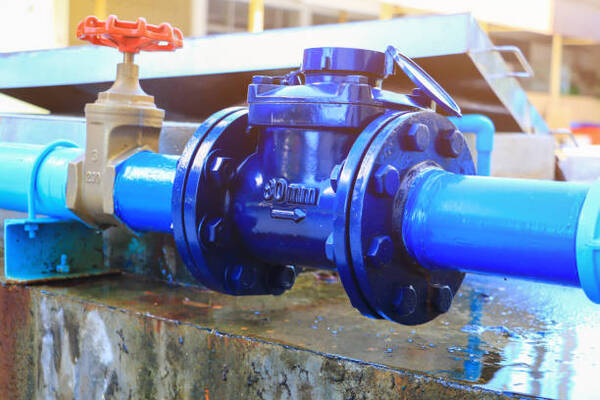- 1-905-452-8193
- Contact Us
- Member Login
- Get Listed Today
- 220,911 members

Your plumber Newcastle will explain that a water pressure valve, also known as a pressure-reducing valve or PRV, is an essential component of any domestic pipework system. It regulates the amount of pressure in the pipes and ensures that it remains at a safe level. Without a pressure-reducing valve, the water supply could become too pressurized, leading to burst pipes and other damage to your home’s plumbing system.
When your pressure valve is leaking, it is important to take steps quickly to prevent any further damage. Use the following steps to properly take care of a burst pressure valve.
Shut off the power supply
Before you attempt to fix any problem with the pressure valve, make sure that all power sources have been turned off. This will help keep you and anyone else who may be working on the repair safe from electric shocks or explosions.
Inspect for visible damage
Look closely at the pressure valve and inspect for any visible signs of damage such as cracks, bends, or corrosion. If there are any signs of physical damage then it should be replaced immediately to ensure the proper functioning of the device.
Check for blockage
If the pressure valve is not releasing enough pressure, there may be a blockage in either the valve itself or its connecting pipes. Look for debris such as dirt, sand, and other materials that may be blocking the flow of air through the device.
Replace defective valves
If you have identified any signs of physical damage to the valve then it should be replaced immediately with a new one. Doing this before attempting to repair it will ensure that any further damage is avoided and that you get a properly functioning piece of equipment in its place.
Clean the surrounding area
Once you have shut off power and inspected for visible damage, take some time to clean out the surrounding area. This will help you to identify any sources of blockage more easily and also get rid of any safety hazards that may be present due to accumulated dust or debris.
Check for loose connections
Look for any signs of loose connections between the pressure valve and its connecting pipes or hoses. Tightening these connections can help to ensure that air can flow freely through the device without any obstructions or leaks.
Test the device
Before attempting to put the pressure valve back into service, make sure to test it thoroughly to ensure that it is functioning properly. This should include a full check of all valves, gauges, and other components to guarantee safe operation before using it again.
Replace necessary parts
If the tests have revealed any further damage or worn-out components then these should be replaced to guarantee that the device is working correctly and efficiently.
Lubricate valves
Make sure to lubricate all moving parts of the pressure valve with a light oil such as WD-40 to prevent any further wear and tear on the device. This will also help reduce friction which can cause leaks and other problems over time.
Reassemble everything carefully
When you have finished replacing any necessary parts and lubricating the device, it is important to reassemble everything carefully to ensure that all connections are secure and functioning properly. Take your time when doing this as any mistakes can lead to further damage or an inefficient operation.
Test once again
After reassembling everything, it is essential to run a full test of the pressure valve to make sure that it is working correctly and efficiently before putting it back into service.
Monitor for leaks
Monitor the pressure valve closely over time to check for any signs of leaks or other problems before they become serious issues. If you spot anything untoward then take action immediately to prevent any further damage from occurring.
Following these steps will help ensure that your pressure valve remains in top condition and continues to function properly over time. By taking the necessary precautions when dealing with a leaking pressure valve, you can avoid any major issues and guarantee its continued efficiency.
In addition to these steps, it is important to make sure that the surrounding area is kept clean and free of debris to prevent any further blockages or damage from occurring. Regular maintenance checks should be carried out regularly to identify any potential problems early on before they become serious issues. Doing this will help keep your pressure valve functioning safely and efficiently for many years to come.
